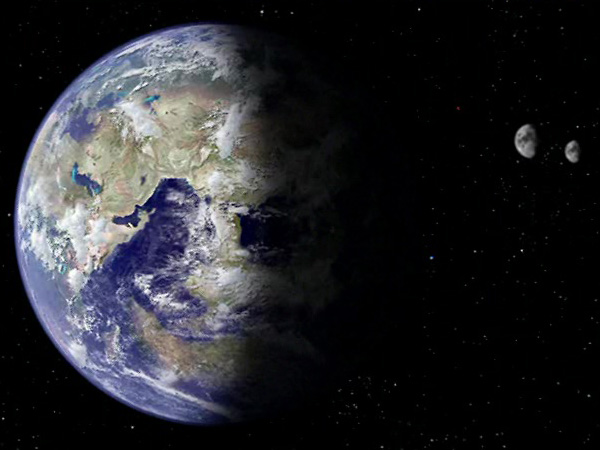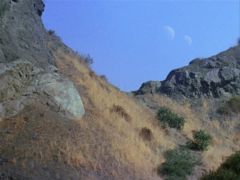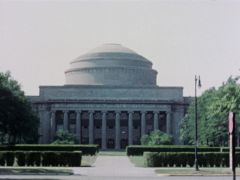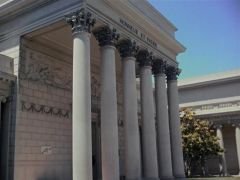Magna Roma
From Trekipedia
Magna Roma
| Official Name | Roman Empire[1] |
| Affiliation | Nonaligned[1] |
| Astrography | FGC-892[1] IV,[2] Beta Quadrant[1] |
| Planetary Class | M[2] |
| Natural Satellites | 2 moons[2] |
| Points of Interest | Rome |
Either a remarkable instance of Hodgkins' Law of Parallel Planet Development[2] or the result of Preserver activity,[3] Magna Roma (FGC-892 IV[1] or, simply, 892-IV)[2] is dominated by a civilization that is remarkably similar to that of classical Rome on Earth, but with much more advanced technology. First contact was established in 2262 by the S.S. Beagle under Captain R.M. Merik, and then by the U.S.S. Enterprise NCC-1701 under Captain James T. Kirk in 2268.[2] By the 24th century, the planet's population had grown to 8.6 billion people.[1]
Image Gallery
Notes and References
- ↑ 1.0 1.1 1.2 1.3 1.4 1.5 Mandel, Geoffrey. Star Trek: Star Charts. Pocket Books, 2002.
- ↑ 2.0 2.1 2.2 2.3 2.4 2.5 Roddenberry, Gene (Executive Producer). "Bread and Circuses." Star Trek, Season 2, Episode 14. Directed by Ralph Senensky. Written by Gene Roddenberry and Gene L. Coon. Desilu Productions, 15 March 1968.
- ↑ Roddenberry, Gene (Executive Producer) and Freiberger, Fred (Producer). "The Paradise Syndrome." Star Trek, Season 3, Episode 3. Directed by Jud Taylor. Written by Margaret Armen. Paramount Pictures Corporation, 4 October 1968.




